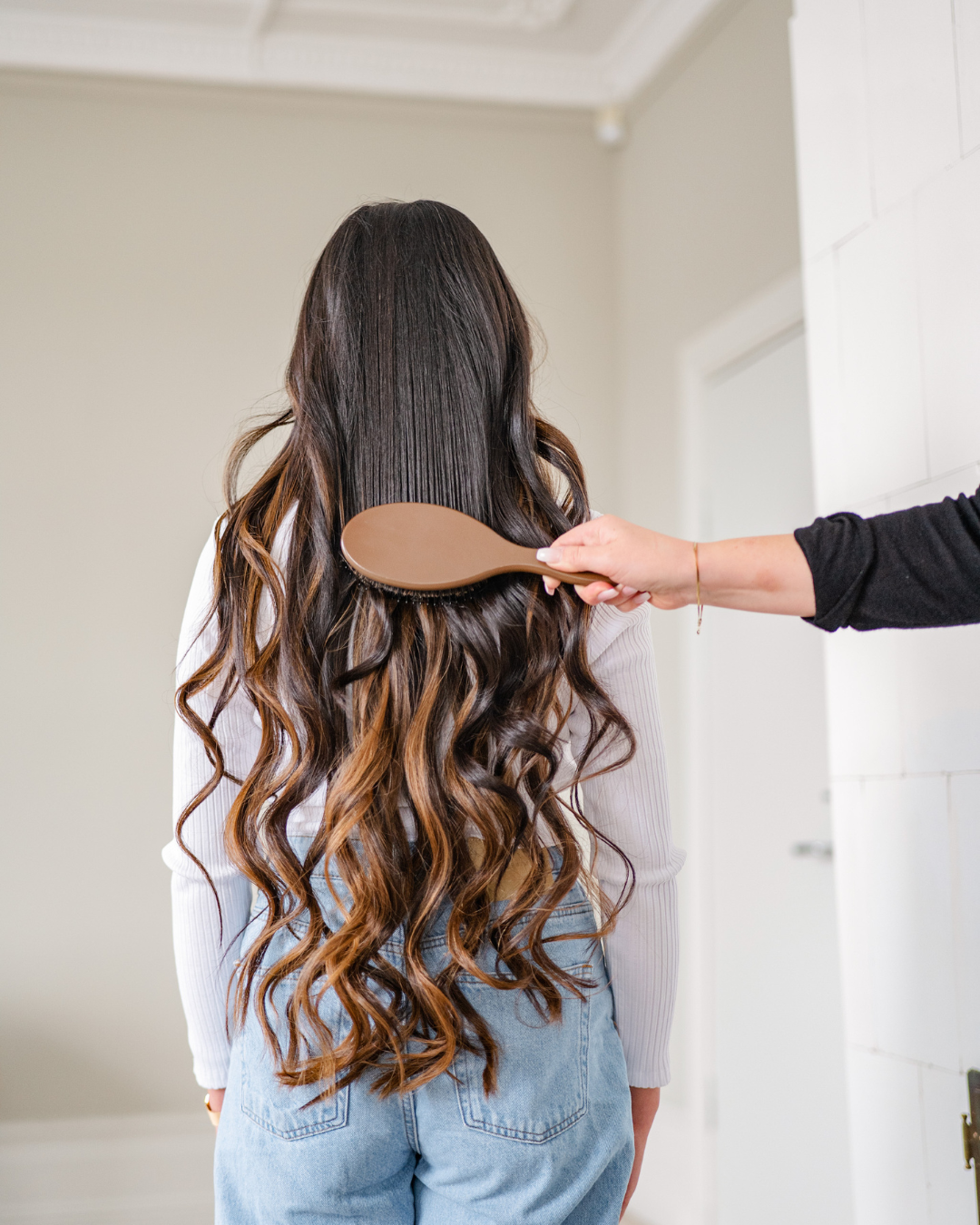Dandruff is a common problem that many people experience at some point in their lives. The scalp itches, flakes and can feel irritated - but the cause is not always as simple as you think. To properly treat dandruff, you need to understand why it occurs, what distinguishes it from a dry scalp and how best to restore balance.
What exactly is dandruff?
Dandruff occurs when the scalp's natural flora becomes unbalanced. A yeast called Malassezia is naturally present on everyone's skin, but when it grows too much, it can trigger an inflammatory reaction. This causes skin cells to shed more quickly than normal, forming the visible white or yellow flakes. So it's not just dry skin, but an unbalanced microflora that needs to be soothed and restored.
Common myths about dandruff
Many people think that dandruff means you have poor hygiene, but that's not true. On the contrary, too much washing, the wrong products , or excessive use of dry shampoo can cause the scalp to dry out and start to overproduce sebum. This can in turn trigger more dandruff.
The difference between dandruff and dry scalp
It is easy to confuse these two because they can both cause flaking and itching.
- Dry scalp : the flakes are small, dry and light. The scalp feels tight and may itch, especially after washing.
- Dandruff: the flakes are often larger and more oily. The scalp feels greasier and irritation may occur around the hairline or behind the ears.
- Knowing the difference is crucial to choosing the right care.

Common causes of dandruff
- Overgrowth of fungus (Malassezia)
- Stress and hormonal changes
- Products containing alcohol or strong sulfates
- Lack of regular brushing that disperses sebum and oxygenates the scalp
- Climate and seasonal changes
-
Wrong type of scalp care – heavy oils left on the skin can sometimes worsen imbalances and make dandruff thrive. Instead, opt for a light, nourishing scalp serum that moisturizes and stimulates without clogging pores.
How to treat dandruff the right way
Clean gently but regularly
Use a mild, balancing shampoo that cleanses without drying out. Avoid strong surfactants like SLS and alcohol-based products.
Moisturize the scalp
The scalp needs moisture to stay balanced. Use a lightweight leave-in product or serum with ingredients like niacinamide, panthenol, or caffeine to soothe and strengthen the skin barrier.
Brush your scalp regularly and properly
A healthy scalp requires circulation. With Your Hair Brush, blood flow is naturally stimulated while the hair's own oils are spread evenly along the hair shaft. It is made of wood, which is naturally antistatic and gentle on both hair and scalp . Regular brushing keeps the skin clean, the hair strong and reduces the risk of dandruff.
Think about the environment around you
Dry air, hats and synthetic materials can worsen the problem. Increase the humidity in your home, choose natural materials close to your hair and avoid showers that are too hot, which can dry out your scalp.
Be consistent
Dandruff doesn't disappear overnight. Once you've found the right products and routine, give it time – at least a few weeks – before evaluating the results.
When you should seek medical attention
If you have severe itching, redness, sores, or if the flakes do not reduce despite regular care, you should contact a health center or dermatologist. This may be a more severe form of seborrhea or eczema that requires medical treatment.
A balanced scalp is the foundation for healthy hair
Dandruff is the body’s way of telling you that your scalp is out of balance, but with the right care, it can be restored. Cleanse gently, moisturize regularly , and choose products that strengthen without clogging. Combine a light scalp serum with regular brushing with Your Hair Brush to stimulate circulation and distribute natural oils. It’s the key to a healthy, calm scalp and hair that grows stronger every day.





